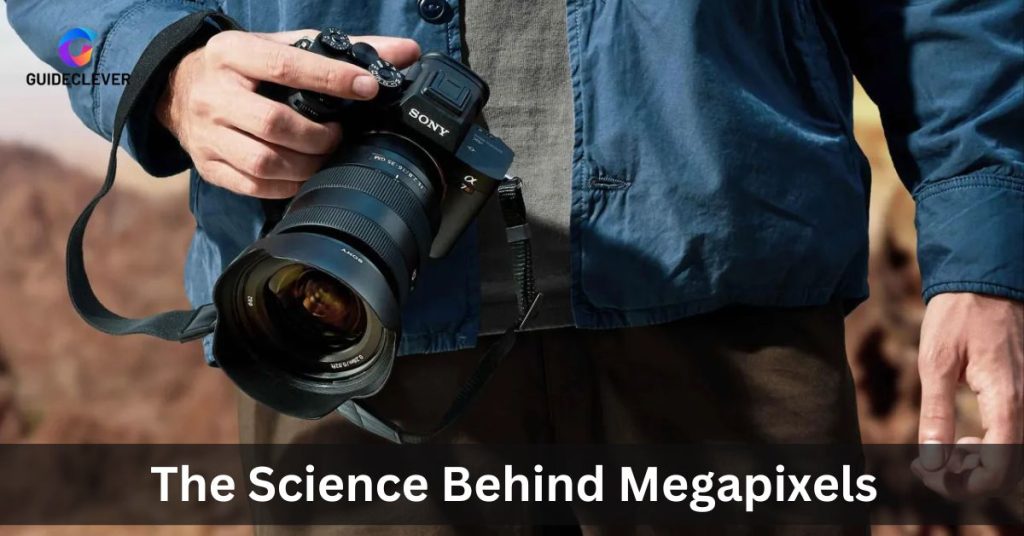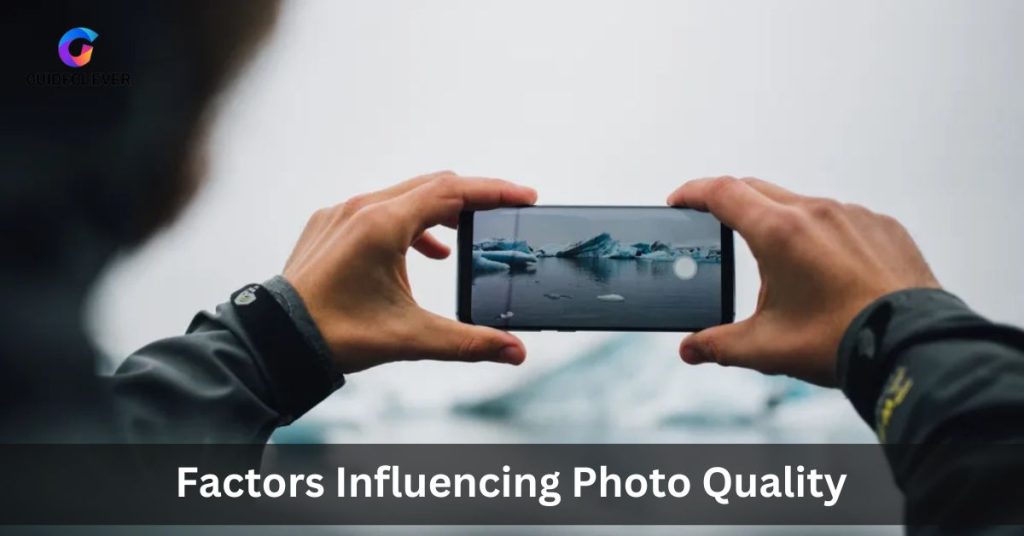Regarding digital cameras, the more megapixels a device has, the better it is, right? Wrong. This common misconception has been around for years and still persists in 2020. Megapixels are a measure of the number of pixels that can be captured by a camera’s sensor
In this article, we will explore megapixels: debunking the myth of higher is better. As well As revealing what matters when choosing a camera with great image quality. We’ll examine the necessary number of megapixels and the significance of sensor size. Also, other key features contribute to capturing stunning images with your digital camera. So get ready to learn all about digital photography and become an expert quickly!
First, we will know about Understanding the role of megapixels in image quality.
Contents
Understanding The Role Of Megapixels In Image Quality

Understanding the role of megapixels in better image quality is vital for high-quality photographs. The amount of pixels a camera’s sensor can record is measured in megapixels. A camera’s megapixel count determines how much of an image it can take without sacrificing quality. Yet, this does not necessarily make it better than a less-megapixel camera.
For example, if you want to print an 8×10 photo at 300 dpi (dots per inch), you would want a camera with at least 4-6 megapixels. But if you were to print the same photo at 100 dpi, you could get away with a 2-megapixel camera. Thus, it’s important to understand how many megapixels you need for the type of prints you want to make.
Why Do People Think More Megapixels Is Better?
People frequently believe that higher megapixel counts equate to higher-quality images. After all, the higher the pixels a camera can capture, the better your resolution. This isn’t always the case, though. This is due to the fact that other variables affect photo quality. Such as the camera’s sensor size, lens quality, and image processing technology. We will discuss the details below.
But now we will know how the science behind megapixels works.
The Science Behind Megapixels

To truly understand the impact of megapixels, we need to delve into the science behind them. Through the lens of the camera, light enters and lands on the picture sensor. Each pixel on the sensor measures the amount of light it receives. Additionally, it transforms it into an electrical signal. This signal is then processed to form an image. Each pixel shrinks when there are more of them, making it harder for it to correctly catch the light.
Now we will discuss some factors influencing photo quality
Factors Influencing Photo Quality

To truly capture stunning photographs, it’s crucial to consider factors beyond megapixels. Let’s delve further into a few of these elements.
Lens Quality and Aperture
The quality of the lens and aperture play an important role in photograph quality. The lens controls how much light comes in, which affects the brightness and sharpness of the image. The aperture controls how wide or narrow the light is, which affects how much of the scene you can capture in focus. Thus, having a good-quality lens is key to capturing great photos.
Sensor Size and Pixel Size
The size of the sensor and pixel size also matters in terms of image quality. A larger sensor enables more light to penetrate, producing brighter, more detailed photos. Additionally, bigger pixels enable the camera to collect more light. As well as in less noise and better image quality.
Image Processing
Image processing technology plays a role in producing great photographs. Image-processing technology enables cameras to capture images with accurate colors and sharp edges.
Lighting Conditions
The quality of images will significantly change depending on the illumination. Low light can cause graininess and blur. Whereas good lighting can result in brighter, sharper images with more detail.
Now we will know about the common megapixel myth.
Common Megapixel Myths
Let’s debunk a couple of common megapixel myths that often mislead consumers.
Myth 1: More Megapixels for Better Zoom
Contrary to popular belief, camera zooming in on a photo doesn’t improve with higher megapixels. Optical zoom capability and lens quality are more important in achieving good zoom results.
Myth 2: More Megapixels for Printing
Another misconception is that high-quality prints require higher megapixels. However, more megapixels can enable larger prints without loss of detail. A well-processed, sharp image from a low-megapixel camera can also produce excellent prints.
FAQs
Are higher megapixels always better?
No, higher megapixels are not always better. Photo quality is influenced by additional variables like lens quality, sensor size, and image processing.
Should I always go for the highest megapixel count available?
It’s essential to consider your usage and focus on things beyond megapixels. Make sure the camera you select will match your unique requirements.
Do I need high megapixels for printing?
High megapixels can enable larger prints without loss of detail. But a well-processed image from a lower-megapixel camera can also produce excellent prints.
Final Thought
Megapixels play a minor role in photograph quality. It is important to look at the best camera’s other features, such as lens quality, sensor size, and image processing, to get the best results. Additionally, lighting conditions play an important role in producing great images. So, before shooting a picture, make sure you have the proper lighting setup. Exploring megapixels can be confusing. But with knowledge and understanding of camera features, you can take great photographs. Happy shooting!


1 thought on “Exploring Megapixels Debunking The Myth Of Higher Is Better”